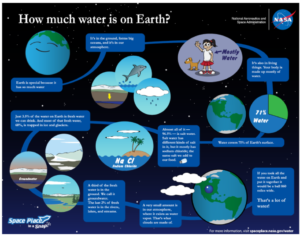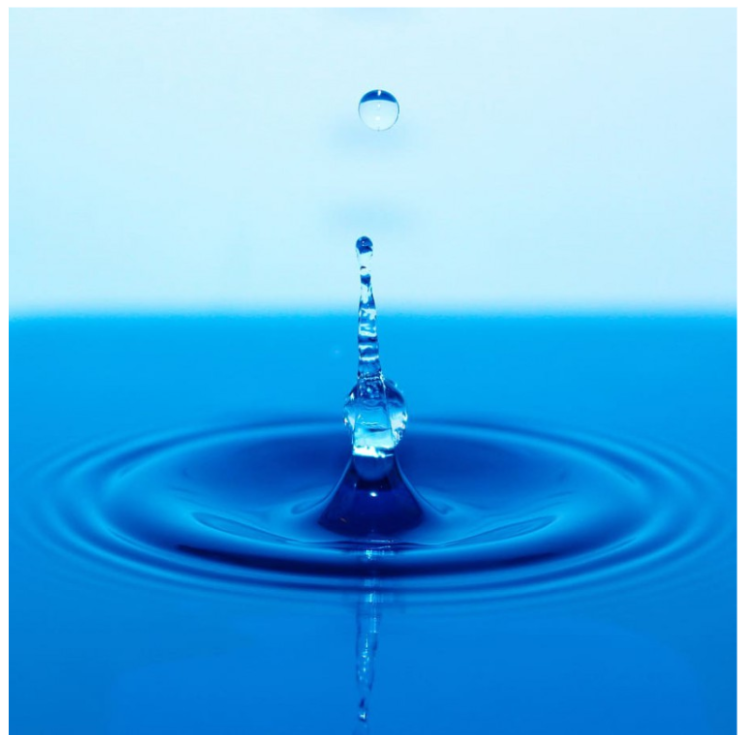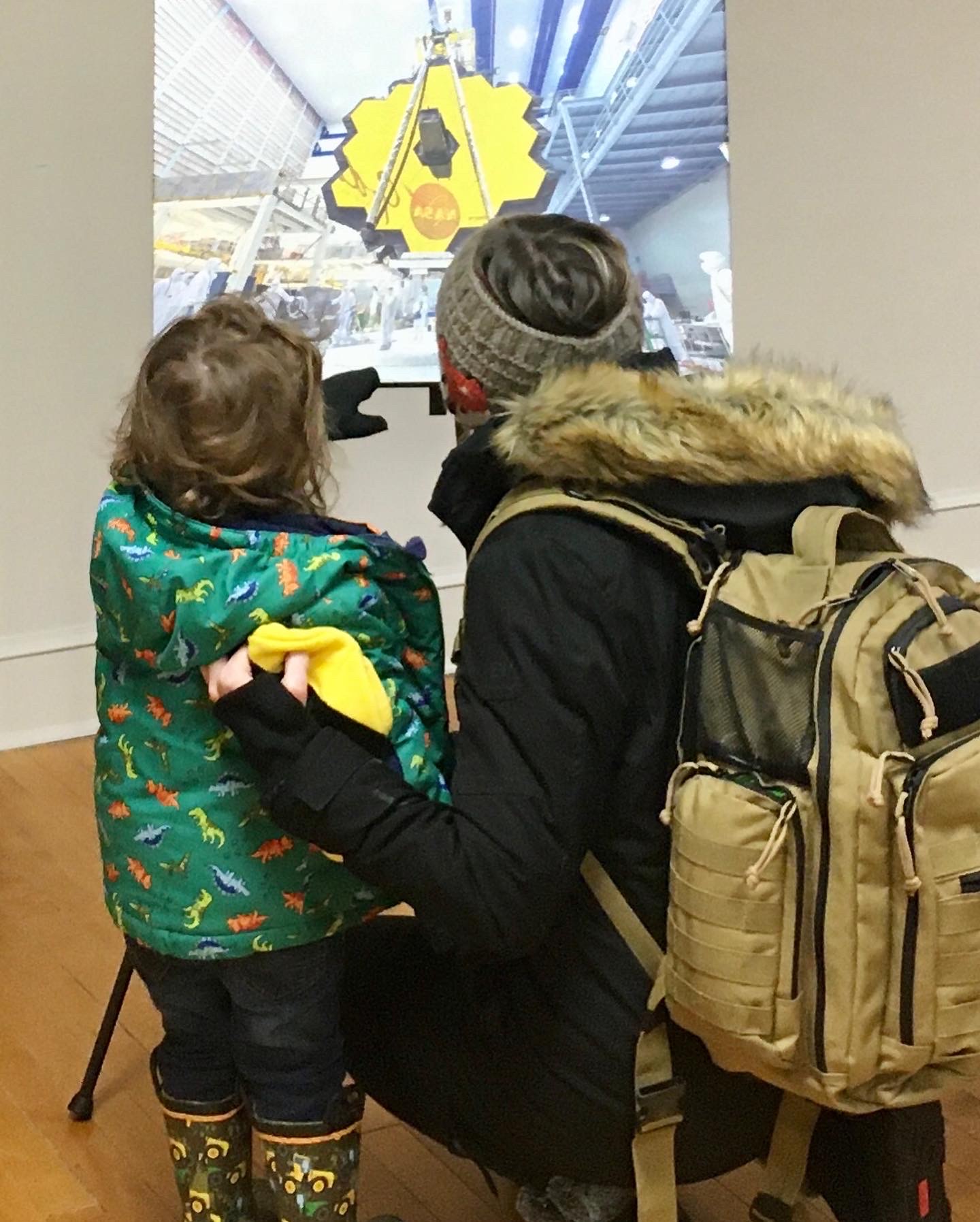STAR Net’s Our Blue Planet: EARTH campaign is a celebration of NASA’s focus on Earth’s oceans, understanding how they are changing and their impact on sea life and our weather and climate systems. Participate in this event during the summer of 2022 by sharing activities and resources with your patrons! This month’s featured activities are A Drop in the Bucket and Catch! The World’s Oceans.
A Drop in the Bucket is a visual demonstration where participants learn the various sources of freshwater, and the relative ratios of these water sources on Earth. Pair this activity with the icebreaker Catch! The World’s Oceans allow participants to get to know each other while discovering the importance of water on Earth. Facilitate as an in-person program at your library or as a demonstration for a virtual program.
Time to complete: 20-30 minutes
Ages: 5 and up
Modification and Preparation List
Total Cost: $0 (“found” items)
Fundamental Space Science Concepts – A Drop in the Bucket and Catch! The World’s Oceans relate to Our Blue Planet: EARTH:
Why do we have an ocean?
Earth is a terrestrial, or rocky, planet. It is thought that the ocean and atmosphere formed over millions and millions of years as the planet’s surface cooled. Gases, including water vapor, escaped from the molten rocks, causing rain to fall for centuries. This water seeped into the crevices of the Earth and accumulated as the ocean, held onto the planet by the forces of gravity.
This led to approximately three quarters of the Earth, or 75%, being covered by water. In addition to the ocean, sources of water include groundwater, ice caps and glaciers, clouds in the atmosphere, salt and freshwater lakes, and rivers. Much of the water contained on Earth is not available for human use. We cannot access the fresh water in glaciers or consume the salty ocean water, nor can we retrieve all the groundwater. The amount usable by humans from freshwater lakes and rivers, and some groundwater, is exceedingly small – only 0.00003%! For a substance that covers most of our planet, water is a scarce resource for humans.
These activities help patrons to understand the importance of conserving what little water we have available to us and lead to discussions on how we can make responsible choices when it comes to water use.

Video resources for you to use and share with patrons:
NASA Space Place: How Much Water on Earth?
This short video for young audiences summarizes the various sources of water on Earth and how much is available for human use. 1 min 23 sec.
This video for elementary school-age and tween patrons outlines the different ways we use the freshwater that is available to us around the world. Closed captions are available in multiple languages. 2 min 49 sec.
Earth’s Changing Freshwater Monitored by NASA
This video for teens and adults introduces how NASA satellites have been monitoring Earth’s freshwater sources. Closed captions are available in multiple languages. 3 min 36 sec.
For 15 Years, GRACE Tracked Freshwater Movement Around the Globe
This video follows up on the previous one and shows how climate change has been influencing freshwater availability around the world. 3 min 33 sec.
STAR Net’s Our Blue Planet: EARTH Event Page: https://www.starnetlibraries.org/our-planet-earth/
Discover more Our Blue Planet: EARTH Toolkit activities at
http://clearinghouse.starnetlibraries.org/161-our-planet-earth





Leave A Comment